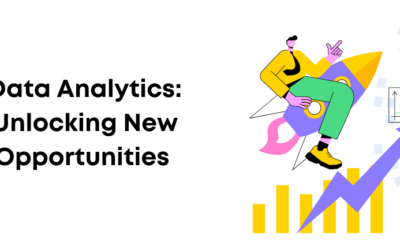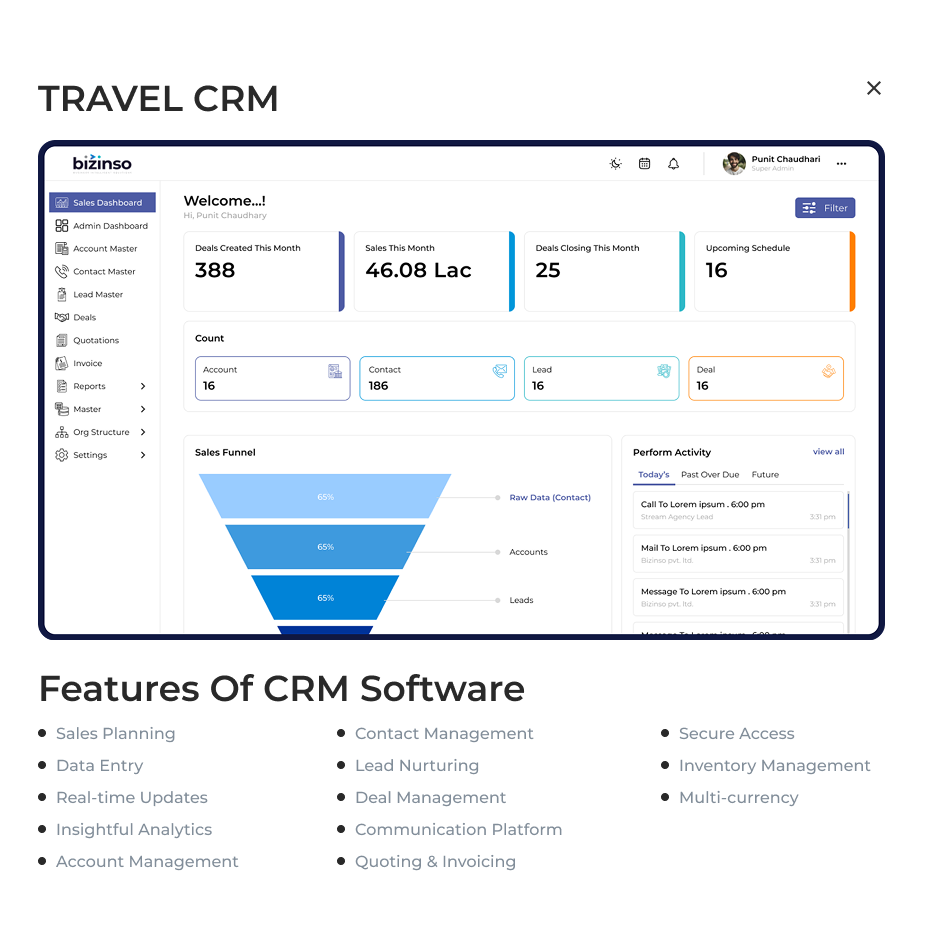
Performance in the retail domain is important for every business, whether the business is of a large e-retailer company or a simple grocery store. And it is a well-established fact now that the adoption of analytics holds the key to improving business performance in any function. And therefore, the retail departments of businesses are seeing a transformation – what until few years back was an extension of the sales function today is being looked at from a strategic perspective.
Be it e-commerce or hole-in-the-wall outlets, one thing that is common is the retail space tends to generate loads of data – be it from past orders and transactions to eyeball-tracking cameras within physical stores. Here are reasons why as a business, it is imperative for you to leverage this data to drive your retail strategy:
Helps discover what your customers want
Any and every business manager and/ owner needs to stay in touch with the market dynamics in order to enjoy sustained relevance in the cut-throat competitive environment. And for this, it is important to learn what exactly it is that customers want from you. Businesses can do this through two ways:
- Tap into the data of past orders placed by customers over an extended time-frame to and analyze the same to determine macro-level patterns in customer preferences
- Run surveys (both offline and online) to understand what are the pain-points, needs, expectations, aspirations, and desires of their target customer segments
Given that the data collected through either of the above methods (which are complementary to each other as opposed to being substitutes) is going to be voluminous, it is essential to use analytics techniques to extract the necessary information from the same.
Helps in predicting demand trends
Demand for various products will always have various trends such as:
- Certain demographic segments could prefer certain products or product variants or want specific features in product offerings
- Demand for certain products could be seasonal or dependent on occasions or events such as festivals
- There could be geographic patterns when it comes to demand for different products
While most entrepreneurs would probably have a vague idea of such vagaries of market demand, the use of analytics can help in quantifying the same, and thus, help in better decision-making when it comes to production scheduling or product distribution strategy.
Guides Pricing Decisions
Analytics can help in unravelling aspects such as:
- What price points are your target market segments willing to make purchases
- How price-sensitive is your product market
- How will your product brand be perceived depending on what price-tag you decide to put onto it
Pricing points are thus, not just important for meeting immediate-term sales targets but also in scripting the big picture when it comes to your brand. And it is only analytics that can help you take the appropriate decisions in this regard – decisions that can make or break the fortunes of your business.
Effective Feedback Mechanism for Inventory Management
Depending on the expected demand, businesses can take a call on how much of product stock is required at warehouses as well as retail points. This can vary depending on the time of the year, the geography, and the product itself. Ensuring that the product is stocked at the right levels can ensure that:
- No customer who wants to make a purchase is forced to go back (or seek alternatives)
- There is no excessive stock that can result in requirement of too much space (leading to higher rentals) or wastage (in case of perishable goods)
Guides New Product Development Strategy
Every business needs to evolve with time, and the evolution of the products or services that it offers are a key component of this evolution. Development of new products and introducing them into the market is one of the more cost-intensive endeavours that a business would undertake. Moreover, there are considerable risks involved – a product that fails to take off in the market could derail the investment incurred on developing it. And therefore, it is essential that market inputs guide your product development efforts; that decisions on introduction of new products and/or modification of existing offerings to incorporate new features be best taken on the basis of market awareness.
Provides Market Inputs for Marketing
Now that the importance of market insights has already been discussed for other aspects, it is a no-brainer that the go-to-market strategy for a business should also rely heavily on such insights. The same product could appeal to different people differently, different customer categories might desire different variants of the same product, and so on. What analytics can help in is help marketers understand aspects such as:
- How to sell the same product to different customer groups
- Where do different customers visit (both offline and online) so that they can be marketed the product to
- What kind of personalised appeal could be made by tapping into channels such as e-mail advertising or social media for incentivizing product purchase
- What can earn loyalty of customers for the product
- Which customers have the maximum life-cycle value
- Whether the product can continue to generate profits
- How much is the pressure from the competition on the product
Such insights can help the marketing function chart out appropriate interventions.
The above points underscore how the use of analytics can bring about far-reaching, multi-dimensional benefits when it comes to not just driving your retail strategy but your overall business strategy.







